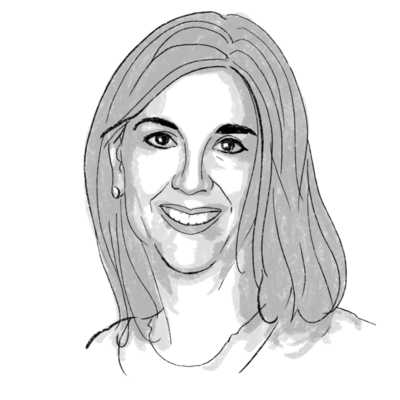How do you create a sense of shared community when a country’s founding stories are no longer agreed on? Part 2 in a series.
Monitor Daily Podcast
- Follow us:
- Apple Podcasts
- Spotify
- RSS Feed
- Download
 April Austin
April Austin
As a people watcher, I try to imagine the lives of those whose paths cross mine. I devour biographies with a similar desire to know the details of someone’s life.
A biographer’s role is “helping readers bridge the gap between their experience and a life from the past,” says Megan Marshall, winner of this year's Biography International Organization Award.
Ms. Marshall has written three biographies of extraordinary women, including “Margaret Fuller: A New American Life,” which won the Pulitzer Prize in 2014.
In the case of Fuller, a 19th-century journalist, feminist, and colleague of Ralph Waldo Emerson, “she had a vision for herself that really didn’t exist [in society].”
When readers see themselves and their times reflected in a biography, it can give them perspective, Ms. Marshall says. “There is so much to be worried about and so much that seems hopeless. But if you … look at other times when there seemed to be no hope ... you’ll see how people rose up anyway,” she says. “That is one of the most important things a biographer can do.”
She continues, “Just seeing how people renewed their hope, what right do we have to give up when people in extremely dire situations used whatever tools were available to them to try to make a difference?”
Readers may wonder how one person can change the trajectory of a society. Ms. Marshall explains the concept of a “trim tab,” a favorite idea of inventor Buckminster Fuller, a grandnephew of Margaret Fuller. “A huge steamship or an airplane will have a trim tab, and just moving it the slightest bit can alter the direction,” she says. “I like to think that someone like Margaret Fuller or Buckminster Fuller could just make a little difference in the huge stream of life.
“We can take those messages of those who didn’t give up,” she says. “Alternatively, you can learn from people who didn’t make it. Everyone is worthy of remembrance and ... every life is a gift. And what you do with that gift is up to you.”











